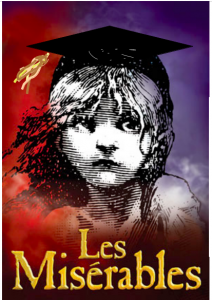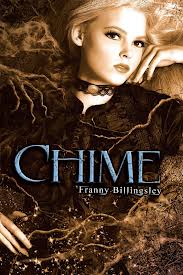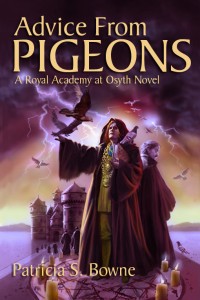 When my agent was marketing ‘Advice From Pigeons’ around, he sent me all the rejection e-mails. I wasn’t sure whether I was grateful or not, but one of them stuck in my mind and has popped up every now and then. “Whenever I thought it was going to turn into real fantasy, it went back to everyday life again,” the editor wrote, or words to that effect.
When my agent was marketing ‘Advice From Pigeons’ around, he sent me all the rejection e-mails. I wasn’t sure whether I was grateful or not, but one of them stuck in my mind and has popped up every now and then. “Whenever I thought it was going to turn into real fantasy, it went back to everyday life again,” the editor wrote, or words to that effect.
Of course, that’s what satire does. If the book diverges too far from real life, it ceases to be a commentary on it. I was thinking of this today as I was over at Goodreads, organizing my book collection there and looking at how I had rated the many, many Terry Pratchett novels. It’s pretty obvious when you look for it; the less of a traditional fantasy setting they have, the better I like them. The more they deal with things like golem rights or printing postage stamps, the better I like them. I want fantasy that steers me back toward the real world more than I want fantasy that takes me into another world.
Well, people might say, then why write or read fantasy at all? I find a lot of good reasons, most of them based in what fantasy does to our attitudes about the real world.
Fantasy raises the stakes. Someone who’s studying incubi or dragons is just plain doing something more exciting than studying mice. Someone who treats incubi the way a real scientist would treat mice is doing something interesting on several levels. And by introducing fantasy, I give my world a supernatural component. That means I can write about people who are in danger of losing their souls – something that I could not do in a straight academic satire without overcoming a lot of skepticism.
Fantasy makes us take less for granted, as well. Writers tell all kinds of jokes about how literal fantasy readers can be. In one of my early stories, I wrote about someone’s laboratory rejoicing at his success; my readers asked whether the whole building was dancing around, or just his set of rooms. Readers don’t assume they know what’s likely to happen, or what a setting will look like, and are often more interested in the details — at least, my beta readers are.
If I wrote straight academic satire, I might get to describe a museum’s layout and some of its artifacts. But I’d never describe a sub-basement in this kind of detail:
Taking a deep breath, he turned the door-handle and stepped forward into sunlight and a gentle breeze.
Astonished, Linus tried to stop in mid-step and stumbled. He stood at one side of a cavernous room, the long wall in front of him lined with hay-strewn stalls over whose swinging doors came sunlight, breezes hot, cool or damp, birdsong and rustling leaves.
“Idiot!” said Linus. Had he really thought Zoomancy’s pegasi and hippogriffs lived in the basement? Everybody knew they were paddocked on the ley-line; but from the different times of day showing through these doors, Zoomancy must have paddocks all along it. Was that a Southern breeze from the nearest gate, the scent of eucalyptus rising through a balmy afternoon? Slants of evening sunlight poured through the next stall almost to his feet, spangling a spiderweb in the corner of the frame. A cat-flap in one of the stalls stirred and a long nose, pink and quivering, poked through. The eye following it gave Linus a panicked stare, the nose pulled back and the flap clacked shut.
Linus stepped forward, charmed, until his foot struck something – a coffin! He jerked back into unpleasant reality and bent over, after a little struggle with himself, to see if he had broken a line or scuffed any warding symbols. Seeing none, he stood and backed toward the center of the room. He was loath to look away from the thing, but what else did he have his back to when he faced the vampire? The thought made him whirl around.
To his left, aquaria overflowed in a constant trickle. The dark forms of sleeping birds half filled the nearest, stacked upon each other like cordwood with wings folded and their short beaks open in the water. Beyond them stood circular vats in an unfortunate shade of aqua, ceaseless motion whirling around the base of one and scrabbling at the chest-high waterline of another.
The right held tables with small terraria, then larger pens and tall aviaries against the wall, their backs as bright and open as the stall doors. One flickered with swallow-sized birds in constant motion, flashing between shade and sunlight. Birds in other enclosures turned their heads away, as if disgusted with these swallows. Linus, too, was glad to look away from their constant surge and survey lower pens, until he saw the warning sign on the wyvern’s enclosure.
That’s the museum Linus Ukadnian finds himself curating against his will in Kindling, and the wyvern and vampire are only the least of his problems.
In the new novel, Swept and Garnished, my characters leave Osyth for the tourist wonderland of the Vinchifer peninsula. I get to write about country scenes, mountain streams, goblin tunnels and the obligatory enchanted valley. But I also get to bounce them off the preoccupations of an academic administrator and a junior faculty member trying to land a summer adjunct position for which he really isn’t qualified. I wouldn’t be doing that in straight fantasy.
An interest in real-life academies and an interest in fantasy, then, don’t contradict one another. I can say more of the things I want to say about academic life when I use fantasy as a frame in which to display it, make its routines into something unexpected, and highlight its rewards and dangers.
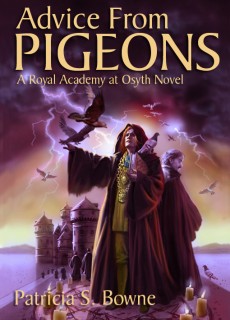 A new faculty member faces his demons
A new faculty member faces his demons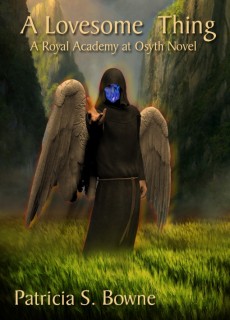 Spring break in hell
Spring break in hell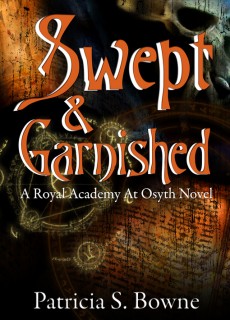 Can demons and vacation mix?
Can demons and vacation mix?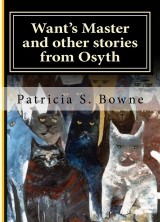 All four novellas from the Royal Academy
All four novellas from the Royal Academy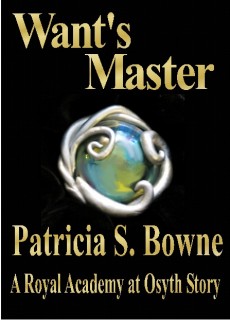 Novella. Enchantment and lechery. Reprinted in Year's Besr Fantasy 2003
Novella. Enchantment and lechery. Reprinted in Year's Besr Fantasy 2003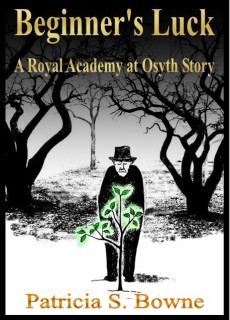 Novella. Dryads, green slavery, and a reluctant god
Novella. Dryads, green slavery, and a reluctant god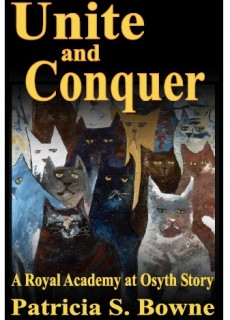 Novella. Only the cats knew what she did to her major professor
Novella. Only the cats knew what she did to her major professor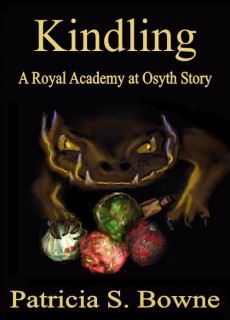 Novella. Holidays and dragons
Novella. Holidays and dragons





